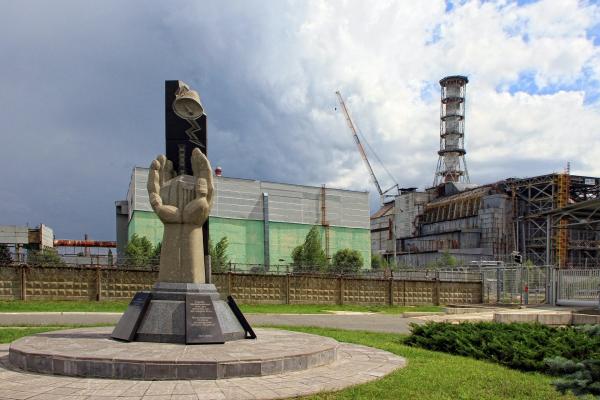I’ve got to start by saying that I don’t know – there simply isn’t enough information available right now to answer that question. But I am dubious – here’s why.
For example, I think it’s interesting that the only reports of radiation sickness are in outlets that tend towards sensational rather than accurate reporting. The more careful outlets (e.g., the New York Times) have thus far made little or no mention of radiation sickness, nor has the IAEA. Similarly, in a March 31 press conference, the Pentagon Press Secretary, when asked about Russian troops leaving the area, failed to mention radiation at all, ascribing their departure to “a piece of this larger effort to refit and resupply and not necessarily done because of health hazards or some sort of emergency or a crisis at Chernobyl.” Similarly, the IAEA said on April 1 that they are
“still not been able to confirm reports of Russian forces receiving high doses of radiation while being in the Chornobyl Exclusion Zone.”
These are some solid practical reasons for remaining dubious about claims of radiation sickness, but, geek that I am, I’d like to look a little deeper into some of the science.
Radiation Dosage
Whenever we talk about radiation health effects, the most relevant question is, “how great a dose did people receive?” It takes a minimum of about 100 rem (1 Sv) of exposure to cause radiation sickness, and that’s if it’s received in a day or less; if the exposure is protracted, then more of a radiation dose is required because our bodies can repair damage to the DNA. We need to ask ourselves whether or not it’s likely that Russian soldiers might have received that level of exposure.
To get 100 rem in 24 hours, the soldiers would have needed to be exposed to a dose rate of about 4 rem (40 mSv) an hour - far in excess of any dose rates noted by radiation monitoring equipment on the site and it flies in the face of IAEA reports of “normal” radiation dose rates in the area. It seems safe to assume that Russian soldiers were not exposed to this much radiation by standing watch, sleeping, eating, and working outdoors on this site.
So…surface radiation levels aren’t likely to have caused radiation sickness, but what if the soldiers were digging trenches and dug into a layer of radioactivity? Could that have made them sick?
Soil
It’s an interesting thought, but again, probably not. This brings up things like the environmental geochemistry of cesium (the most common fission product that would not have decayed away by now). Cesium is fairly chemically reactive, and it tends to stick to the clay minerals in the soil. I talked with an isotope geologist and geochemist who studied this; in the late 1990s, he dug a pit in soil that had lain undisturbed and unplowed for over a century. He found two distinct layers of Cs-137 in the soil – about 10 cm (4 inches) down, there was a layer from the Chernobyl accident (then 20 years in the past), and about 10 cm beneath that was another layer from the era of atmospheric nuclear weapons testing that had ended 40 years earlier. In nearly a half-century, the cesium hadn’t moved any deeper than that.
This means that a “hot” layer of Cs-137 would have had no more than about 20 cm of soil above it, and likely less; enough soil to reduce radiation exposure by a factor of about 10 or so. Remember – it takes about 4 rem (40 mSv) of radiation exposure per hour to create enough exposure to cause radiation sickness; dose rates at the surface would be about 400 mrem/hr (4 mSv/hr). While low, these radiation levels in the soil are thousands to tens of thousands of times higher than any outdoor radiation dose rates in the area; and about 100,000 times higher than normal background radiation levels.
Silos
There is one place in this area where people could be exposed to enough radiation to make them sick, but it’s a place where not many people are likely to visit – inside the containment building surrounding the wreckage of the ruined reactor. Could soldiers have entered to look, perhaps unaware of the dangers they might face? Maybe – I’m not sure how many protective barriers have been set up around the dangerous areas, but setting up such barriers is second nature to radiation safety professionals and would have been required by the Ukrainian authorities.
There’s a saying that we can’t make anything fool-proof “because fools are so ingenious,” but these barriers are certainly made to be fool-resistant. Entering a dangerous area would require persistence and ingenuity; given Chernobyl’s reputation and fame and most peoples’ fear of radiation, it seems unlikely that even a handful of soldiers would have even tried to enter, let alone been successful.
This is all supposition – in the absence of data, all we can do is reason with what knowledge we have and guess at the rest. One can hope that the IAEA will be able to get some solid information on the doses received by the Russian soldiers; until then (or an examination of the soldiers themselves), a scientifically informed guess is the best we can do.




